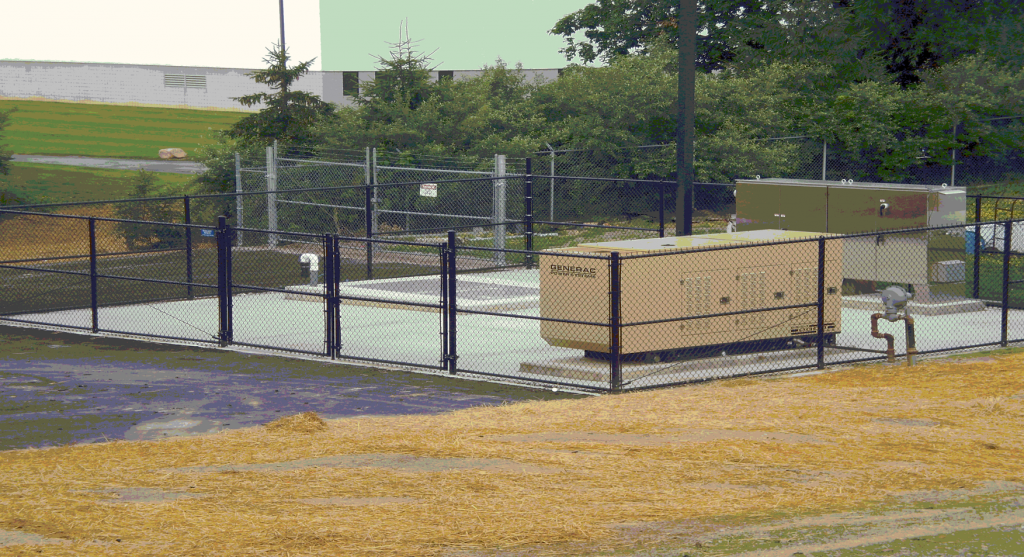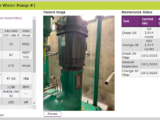Costs of NOT Monitoring
Round the clock monitoring is easier these days. In many cases you cannot afford the cost of NOT monitoring your stations. You can still use your radios if you want, but there are other options out there. Cell phone technology is cheaper and a more reliable way to monitor your station. You may have a monthly fee, but when you compare it to what you’re protecting the cost is negligible. If you’re lucky you may have internet access close by, there may be a fee associated with the monthly service but a lot of city governments have agreements with local internet providers.
A lift station typically is used to pump wastewater from a low point in your sewer system to a higher point where gravity can take over through a natural flow. Your lift station no matter what type, is a costly investment. It is vital to your daily operation. If it is not protected it can cause costly repercussions for you and your residents. It can affect downstream users, and if your staff is not protected when they enter the lift station it could result in a fatal situation.

Daily Maintenance and Preventative Measures Don’t Negate the Need for Remote Monitoring
Daily and preventative maintenance are essential. But while preventative maintenance helps keep your equipment operating at a high performance with the least amount of down time it does not always prevent accidents or equipment failure.
Let’s face it equipment fails eventually even the most expensive piece of machinery is made to last only so long. Due to our tight budgets are we ignoring the end date of each piece of our lift station equipment hoping for the best?
Newer equipment comes with sensors that can tell us if something is not right. VFD’s like Allen Bradley’s or Yaskawa Drives can keep you updated if something is not right. They have sensors associated with the drive that can give you a heads up when something is going wrong.
VFD equipment can also help us regulate flows on an hour by hour basis. Or better yet, in a storm situation you can control flows at the source rather than handling all that storm flow at your main facility.
Analog and digital sensors can help in many ways too. Level sensors help watch the well level and can assist in running as efficiently as possible. You can stage when the second pump comes on at a lift station based on a certain level. High level alarms alert us to the most critical situations. Thus reducing our alerts to only the most critical.
Some may make the argument that these sensors are just something else that can break or go wrong. While that may be a possibility, you would know about it immediately, rather than finding out when your equipment fails. Thus saving you a lot of money on that pump. A sensor is much cheaper than a pump.
Invest in the Future
Rebuild your old lift stations and plan for the future. Include the latest technology for your employee safety and communication for your piece of mind.
About The Author
Mike has a Class III operator's license, taught for the Operator Training Committee of Ohio (OTCO) for 30+ years and has worked for Data Command and SOS Integration for over 10 years. . Other prior positions include Operations Manager, Safety Committee Chairman, and SCADA Manager for the City of Solon, as well as being an Independent Contract Operator.


